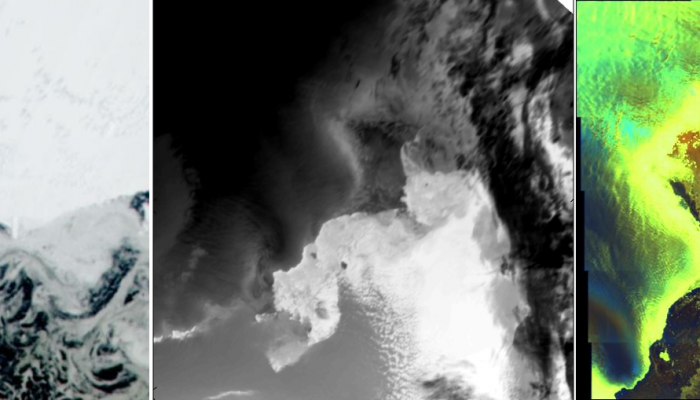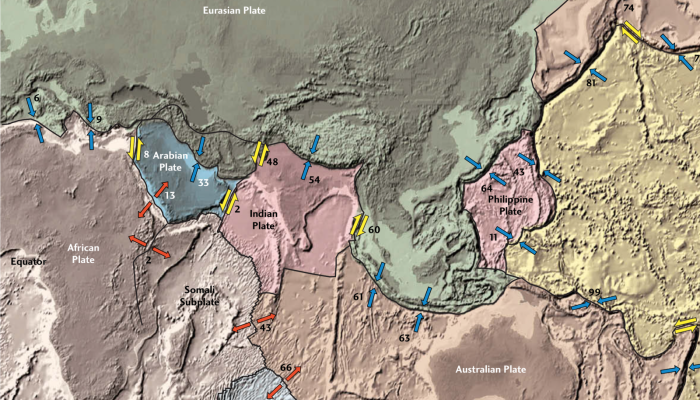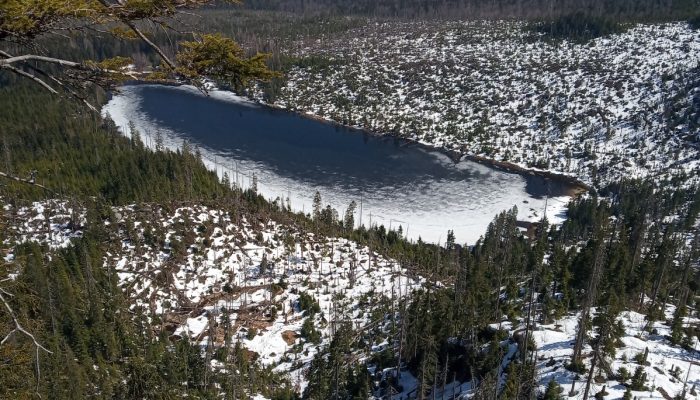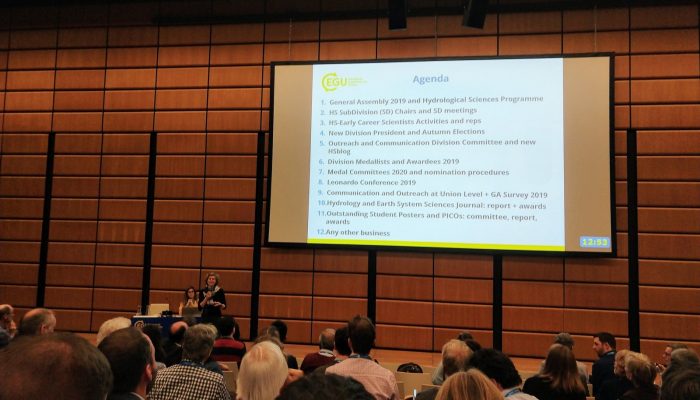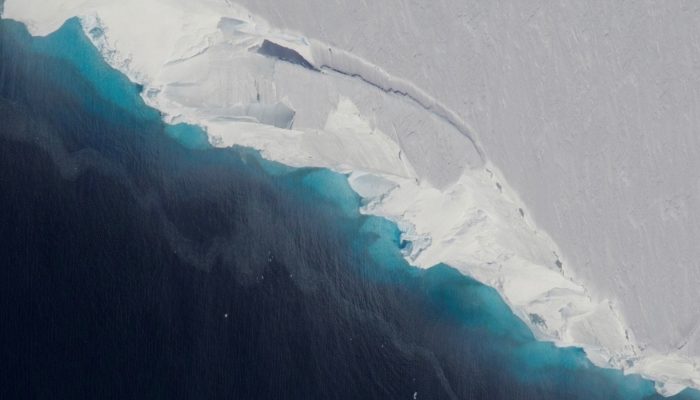With over 198 000 glaciers in the world, you can always find a glacier that fits your mood or a given occasion. So why not for example celebrate the first Image of the Week of May with a picture of the aptly named May Glacier? May Glacier is in fact not named after the month, but after Mr May, an officer onboard the Flying Fish during her expedition to the East Antarctic coast in the 1840s. Apart ...[Read More]
Geodynamics
Travel log – The Kenya rift
A little over a year ago, I was lucky enough to join a field trip to the Kenya rift organized by Potsdam University and Roma III. This rift is part of the active East African Rift System, which I introduced in a previous blog post. With a group of 25 enthusiastic participants from Roma Tre, Potsdam University, Nairobi University and GFZ Potsdam (we somehow always managed to make the 20-person bus ...[Read More]
Stratigraphy, Sedimentology and Palaeontology
Paleontology is sexy! A selection of recent discoveries
The 2019 started with a relatively high number of paleontological discoveries published in highly ranked journals showing that paleontology is sexy indeed! Here you can find a small selection of the most recent ones. The studies in micro- and macropaleontology published earlier this year, provide a large contribution to our understanding of organism evolution and response to peculiar environmental ...[Read More]
Tectonics and Structural Geology
Meeting Plate Tectonics – Francis Albarède
These blogposts present interviews with outstanding scientists that bloomed and shape the theory that revolutionised Earth Sciences — Plate Tectonics. Get to know them, learn from their experience, discover the pieces of advice they share and find out where the newest challenges lie! Meeting Francis Albarède Francis Albarède started his career as an undergraduate student in Natural Sciences at the ...[Read More]
Natural Hazards
Alpine rock instability events and mountain permafrost
Rockfalls, rock slides and rock avalanches in high mountains The terms rockfall, rock avalanche and rockslide are often used interchangeably. Different authors have proposed definitions based on volume thresholds, but the establishment of fixed boundaries can be tricky. Rockfall can be defined as the detachment of a mass of rock from a steep rock-wall, along discontinuities and/or through rock bri ...[Read More]
Cryospheric Sciences
Image of the Week – Life in blooming melting snow
The new snow melting season has just started in the mountains of Europe and will last, in many alpine places, until the end of June. Weather in the middle of April is changeable. In the last few days sub-zero air temperatures have prevailed in the mountains during the day. In a frame of an international research project, me (Charles University) and Daniel Remias (Applied University Upper Austria), ...[Read More]
Hydrological Sciences
Updates from the HS Division Meeting
The annual division meeting for Hydrological Sciences is the place to get updated on the latest developments of our division. It was great to see that hundreds of you attended. For those that did not attend (or for those that appreciate a reminder of what happened), here are some of the highlights: The Hydrological Sciences Division has a new president: Maria-Helena Ramos will serve as the preside ...[Read More]
Cryospheric Sciences
Image of the Week — Cavity leads to complexity
A 10km-long, 4-km-wide and 350m-high cavity has recently been discovered under one of the fastest-flowing glaciers in Antarctica using different airborne and satellite techniques (see this press release and this study). This enormous cavity previously contained 14 billion tons of ice and formed between 2011 and 2016. This indicates that the bottom of the big glaciers on Earth can melt faster tha ...[Read More]
Hydrological Sciences
A personal view on EGU 2019 – an edition like no other
This year Vienna was (for me) awfully cold. Sitting in the sun in the midst of happy conference attendees was definitively not an option at EGU this year. Due to the new EGU schedule with parallel sessions and longer oral sessions, making it until the lunch break was also a big challenge, at least for someone like me, who has more of a northern lifestyle. Luckily, this year posters were scheduled ...[Read More]
Tectonics and Structural Geology
Meeting Plate Tectonics – Eric Calais
These blogposts present interviews with outstanding scientists that bloomed and shape the theory that revolutionised Earth Sciences — Plate Tectonics. Get to know them, learn from their experience, discover the pieces of advice they share and find out where the newest challenges lie! Meeting Eric Calais Eric Calais is Professor of Geophysics and Head of the Geosciences department at the Ecole Norm ...[Read More]

